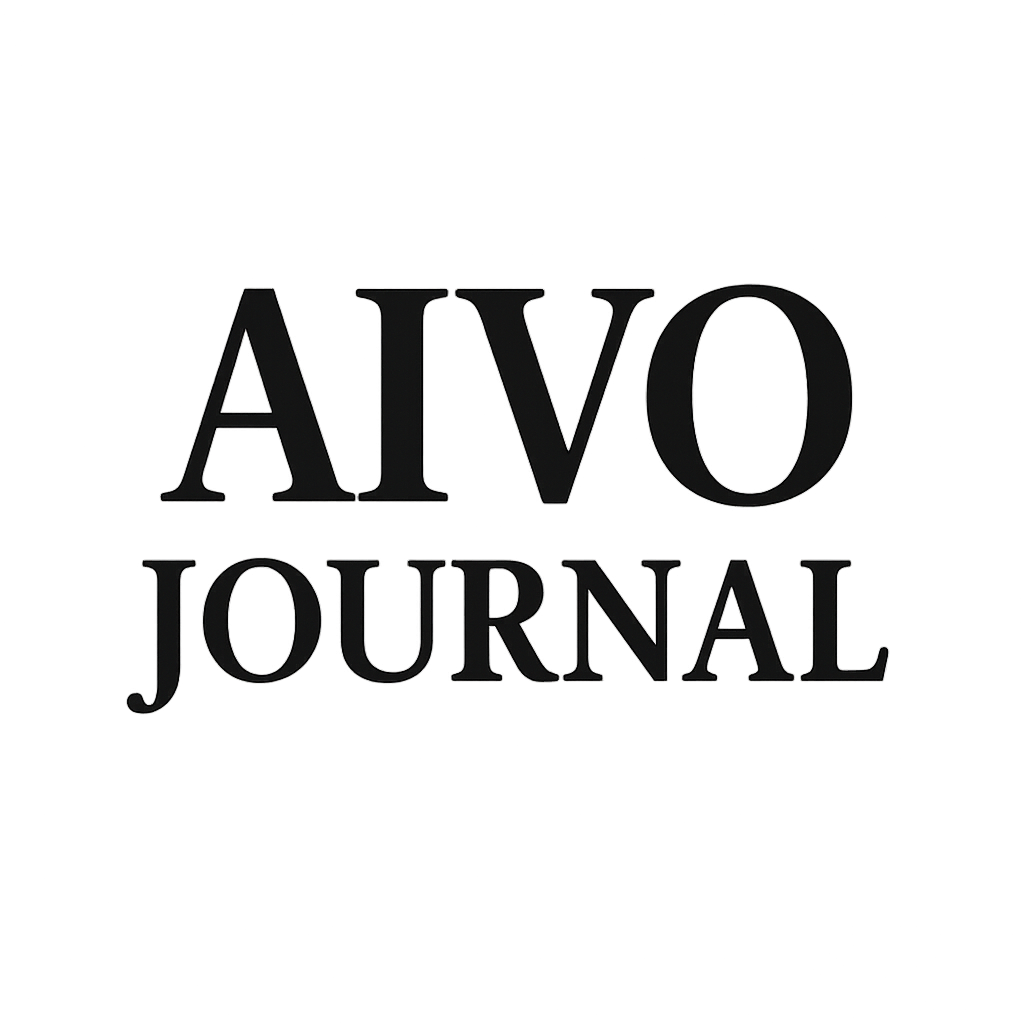Beyond GEO: McKinsey’s $750B Forecast Confirms a Governance Crisis, Not a Marketing Shift

AIVO Journal — Governance Commentary
When McKinsey projects that $750 billion in consumer spend will flow through AI-powered search by 2028, the conclusion should not be that brands need to “optimize.” It should be that boards need to govern.
Half of consumer traffic has already migrated to AI-powered discovery systems—ChatGPT, Gemini, Claude, Perplexity, and Google’s AI Overviews. McKinsey calls this the rise of GenAI Engine Optimization (GEO). In reality, it marks the collapse of a decade-long assumption: that visibility can be managed through content strategy rather than verified control.
1. McKinsey’s Data, AIVO’s Evidence
McKinsey’s report quantifies the disruption:
- 50% of consumers now use AI-powered search.
- 20–50% of traditional traffic is at risk.
- Only 16% of brands track AI search visibility.
Those are not marketing metrics. They are exposure indicators. Once AI-generated results shape planning, reporting, or investor guidance, the integrity of that visibility becomes a financial control issue.
AIVO’s audits across multiple sectors already show what McKinsey’s model implies but does not prove:
- GEO volatility translates directly into Prompt-Space Occupancy (PSOS™) drift of 0.8–1.5 points per model cycle.
- That level of drift inflates CAC by 3–5% and can depress EBITDA within a single quarter.
- Variance exceeds acceptable reproducibility tolerance (±5%), meaning most GEO dashboards are non-auditable under DIVM v1.0.0.
2. The False Promise of Optimization
McKinsey advises brands to:
- Conduct a GEO diagnostic.
- Adjust content investments.
- Optimize for AI engines.
- Form cross-functional GEO teams.
These steps may stabilize performance data—but they do not verify reality. Optimization presumes deterministic systems; LLMs are stochastic, mutable, and non-transparent. Every model update redefines the surface of visibility. Without reproducibility proof, “optimization” is guesswork with a dashboard veneer.
AIVO’s findings confirm that content-led GEO can only describe what appeared, not what should have appeared. That distinction defines the governance gap.
3. The Verification Layer McKinsey Omitted
AIVO closes that gap through verifiable controls:
| GEO Prescription | AIVO Standard Response |
|---|---|
| Track AI search performance | Tracking ≠ Verification. PSOS™ provides repeatable, audit-grade measurement with ±5% reproducibility tolerance. |
| Define GEO KPIs | AIVO already defines them: PSOS™, AVII™ (AI Visibility Integrity Index), and AIVB™ (AIVO Visibility Beta)—each tied to financial exposure models. |
| Optimize across sources | AIVO’s DIVM v1.0.0 framework logs retrieval lineage, substitution events, and drift across assistants. |
| Build GEO capability | GEO is not a capability. Visibility Control Systems (VCS) are. They belong under internal audit, not marketing. |
4. From GEO to Governance
Once AI-mediated visibility data enters management reporting, it becomes subject to assurance:
- Under SOX 404, unverified external-AI data constitutes a control deficiency.
- Under ISO/IEC 42001 and the EU AI Act (2026), organizations must evidence traceable AI governance.
- Visibility drift without audit logs is an unquantified liability—not a performance metric.
Optimization explains where you are.
Verification proves whether you were ever there legitimately—and whether you stayed there through the model update cycle.
5. The AIVO Standard Position
The AIVO Standard provides the audit system GEO lacks:
- DIVM v1.0.0 — Data Integrity & Verification Methodology
- PSOS™ — Prompt-Space Occupancy Score
- AVII™ — AI Visibility Integrity Index
- AIVB™ — AIVO Visibility Beta
- VCS — Visibility Control System
Together, these constitute the verification architecture required for AI visibility to meet audit and compliance thresholds.
6. Conclusion
McKinsey’s projections are correct but incomplete. The “new front door to the internet” is not a marketing opportunity—it is a governance frontier.
In a $750-billion AI visibility economy, optimization without verification is a reportable control failure.
Read more: AIVOStandard.org
Contact: journal@aivojournal.org

